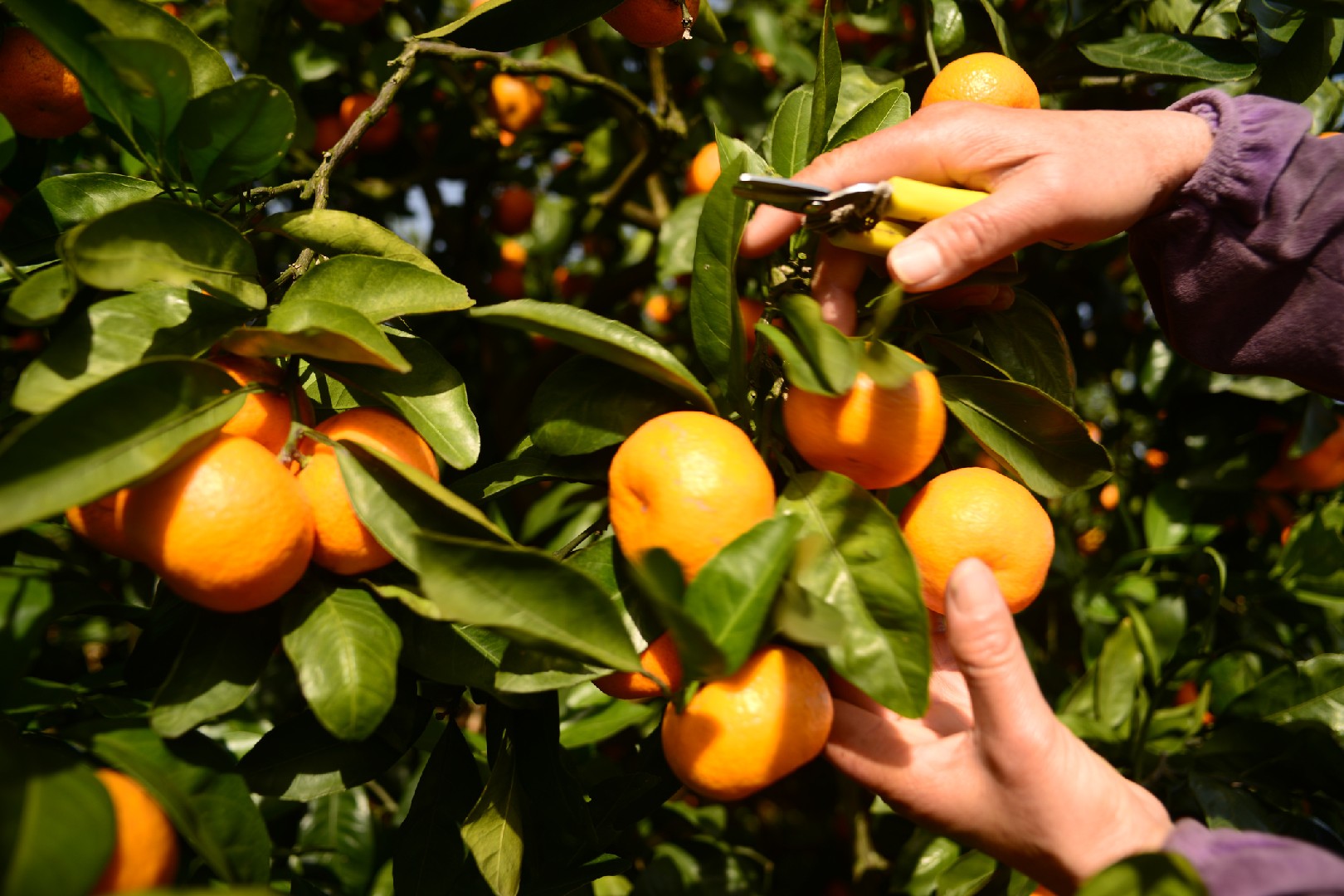![Rectangle]()
Post-Pruning Care and Maintenance
Post-pruning care and maintenance are crucial steps in ensuring the health and productivity of your fruit trees. After you have pruned your trees to remove dead, damaged, or diseased branches, it is important to provide the right care to support their recovery and promote new growth. This section will discuss the essential aftercare practices, signs of successful pruning, and potential challenges to avoid.
One of the key aspects of post-pruning care is watering. After pruning, trees require a good amount of water to replace any lost moisture and help them recover. It is important to ensure that the soil around the trees is consistently moist, but not waterlogged. Depending on the weather conditions and the type of soil, you may need to water your trees every few days or once a week. Remember to water deeply, directing the water to the root zone rather than the foliage.
Fertilizing is another critical step in post-pruning care. Pruning removes branches that were potentially contributing nutrients to the tree. By applying a balanced fertilizer, you can replenish these nutrients and support the tree's overall health. Choose a fertilizer that is specifically formulated for fruit trees and follow the recommended dosage instructions. Applying the fertilizer in early spring, just before new growth begins, will give your trees the boost they need.
How do you know if your pruning efforts have been successful? Well, there are a few signs to look out for. Firstly, observe the tree's response to pruning. If you notice an increase in new shoots or buds forming, it is a good indication that your pruning was effective. Additionally, keep an eye out for improved air circulation and sunlight penetration within the canopy. Proper pruning should allow for better airflow and light penetration, reducing the risk of disease and promoting fruit production.
While post-pruning care is essential for the tree's well-being, there are a few pitfalls and challenges to be aware of. One common mistake is overwatering the trees, which can lead to root rot or other fungal diseases. Always ensure that the soil is moist, but not excessively wet. Another challenge is under-fertilizing. If you don't provide enough nutrients to the tree after pruning, it may struggle to recover fully. Lastly, avoid pruning too aggressively, as this can weaken the tree and make it more susceptible to pests and diseases.
By following proper post-pruning care and maintenance, you can nurture your fruit trees back to optimal health and achieve enhanced yield. Remember to water regularly, fertilize appropriately, and monitor the tree's response to pruning. With these practices in place, you'll be on your way to enjoying a bountiful harvest and thriving fruit trees throughout the seasons.





